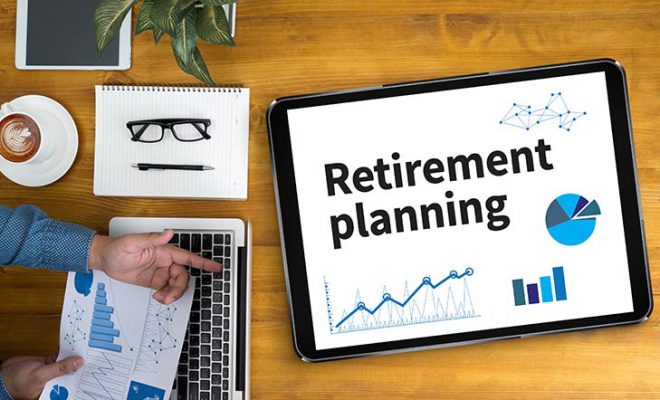Picking the Right Investment in Your 50s

Your 50s are a significant time in your life. This is the time when you are well settled and probably at the peak of your career. But this is also the time when you are nearing retirement and need financial security more than ever. Investing in your 50s becomes crucial to strengthening your retirement nest egg. These could perhaps be the last few years when you can bank on a steady income and afford to take investment risks to increase your financial corpus. This is why it becomes necessary to leave no room for error and invest in the right kind of investments during this phase.
If you are investing in your 50s, here are some things you should follow:
Table of Contents
Investing in your 50s
Although you may be at the peak of your career and income cycle in your 50s, this is also a time when you have many other expenses knocking on your door. Your kids could be in college or getting married, you may have aging parents that need some financial support, and the pressure to finish debts like mortgage before you retire. Above all this, you have very little time to save up for retirement all the while grappling with other expenses. Some people like to see their 50s as their ‘make it or break it’ years as far as investing is concerned. However, this can be a very tricky approach to have. If you happen to lose your money in risky investments, it can be substantially difficult to make up for it in the span of just a few years, thereby hampering your financial security post retirement.
Picking the right investments
Before you start investing in your 50s, here are some things you should know:
1. Calculate your needs
Some experts suggest that by the time you are 50, you should have saved at least 6 to 8 times your annual salary. While these figures can differ for different people based on their purchasing power and needs, you can still take it as a rough estimate to determine your current financial standing.
2. Make up for the lost time
Your savings so far will help you understand the kinds of investment strategies you need to adopt for the coming years. If you are falling behind on your goal, you may have to invest rigorously. However, if you are on the right track, you can continue making small investments without putting yourself at high risk.
3. Diversify your portfolio
Since you have very little time left, it is best to diversify your portfolio in order to receive increased benefits. An ideal portfolio at this age should be divided into 60% stock investments and 40% bonds. Another thing to note is that when you diversify, you must consider the capital appreciation as well as the income generated from a particular investment and consider them both as gains.
4. Take advantage of your employer plan
Even with no other savings or investment in place, you still have your employer’s retirement plan that can help you increase your financial corpus. If you have been contributing to your employer’s plan then you have little to worry about. But if you haven’t now can be a good time to cover up on the missed contributions. As of 2020, the annual catch up amount for employer provided retirement accounts is $6500 for people who are 50 or older.
5. Invest in Roth IRA
There is a common misconception that Roth IRAs are a preferred tool of investment for only youngsters as their withdrawals are tax-free while the contributions are taxed. This is because youngsters are likely to be in a smaller tax bracket than they would be in retirement. However, Roth IRAs still continue to be a great saving method for people of all ages. With the withdrawals being tax-free, you end up having a strong source of income in retirement. Moreover, the tax implications of a Roth IRA account are also considerably small when you pass it down to your heirs or beneficiaries.
6. Optimize asset allocation
It is imperative to eliminate all avoidable expenses and adopt an effective asset allocation strategy for your portfolio in your 50s. This not only helps in striking the right balance between different kinds of investments but also ensures that you do not end up losing your money in unnecessary asset management fees.
7. Don’t be fearful
It may seem like you do not have enough time to cover up potential losses in your 50s. However, this should not keep you away from enjoying the full potential returns of investing. Although investing in the stock market can be unpredictable, owing to the market’s volatility, you still have many years to overcome the ups and downs of the market. Most people today retire at the age of 65-67 as opposed to 60. This still gives you 10-15 years to cover up any potential losses.
To sum it up
Investing in your 50s should not be very different from investing at any other age, as long as you are realistic of your needs and future goals. Your 50s can be an overwhelming time as far as your expenses or financial liabilities are concerned. But in the current day and age, when many people are letting go off the mundane and marking onto new careers in their 50s, these years are hardly seen as the end of your earning years.
If you are in your 50s or approaching them soon and looking to invest, you can reach out to professional financial advisors for advice and guidance.


















